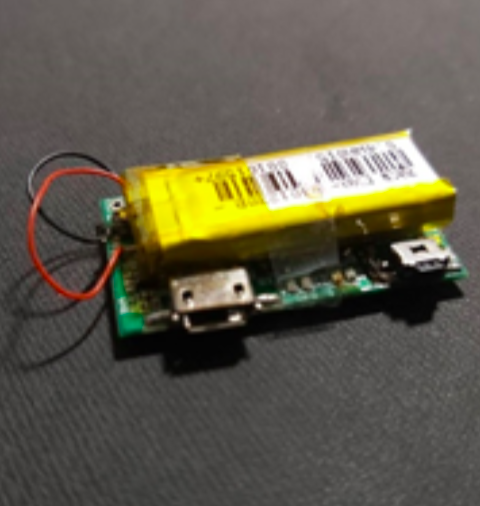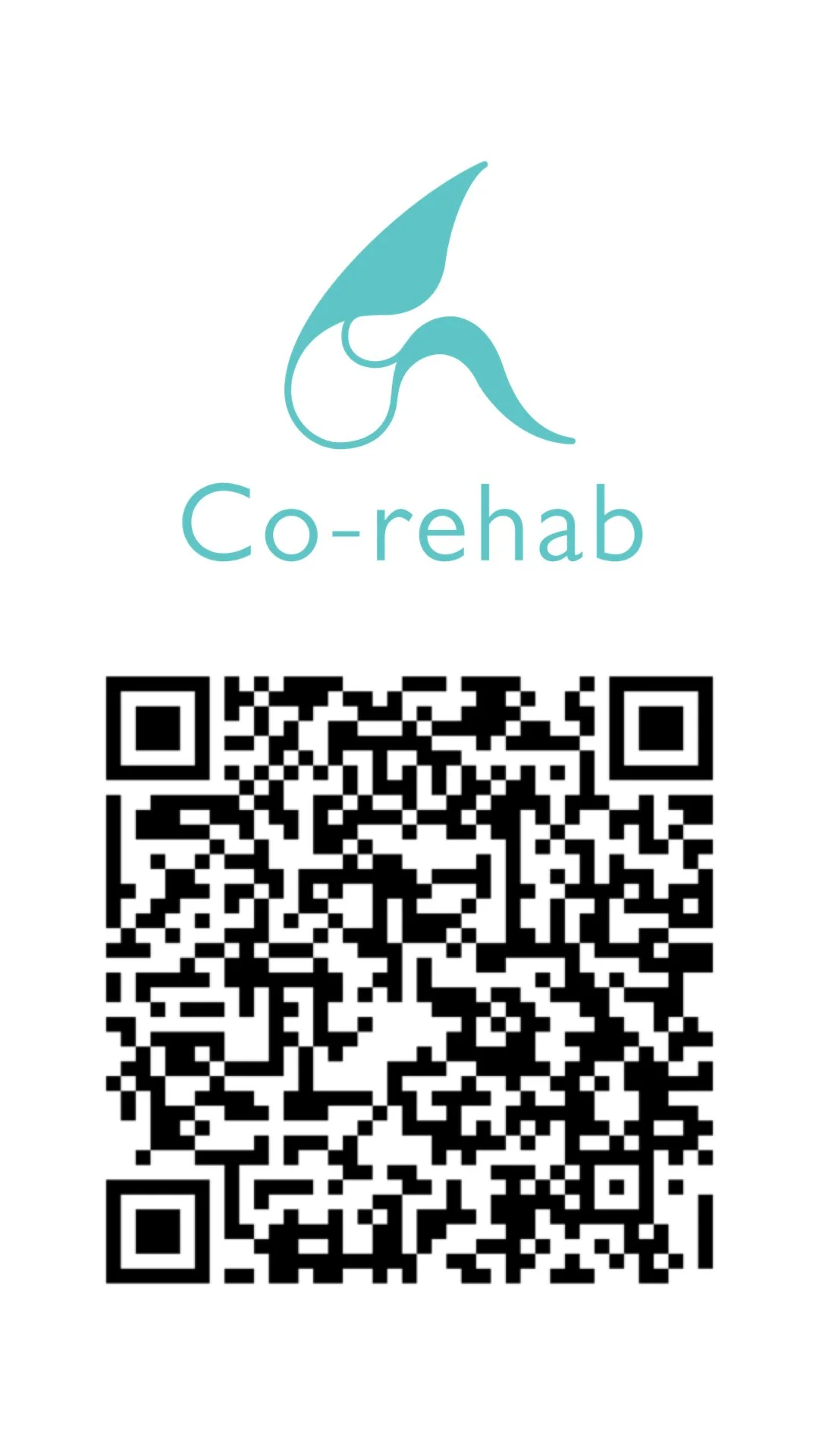Co-rehab
Enhance Rehab Efficiency With Community Support Everywhere
According to World Stroke Organization, one out of four people would have a stroke in their life. Even if they survive, two-third of them would need to attend rehab for almost 10 years, with no guarantee for a full recovery.
1/4
Lifetime Prevalence (LTP) of stroke
10 million
The number of stroke survivors that continue rehabilitation per year
5%
Global Burden of Disease (GBP) – Stroke
#1
The #th reason for disabled adults in TW
The need of long-term and daily rehabilitation leads to a high demand for stroke rehabilitation at home, especially in Taiwan, where stroke patients are asked to discharge after 6 months in hospital. Therefore, our team decided to help stroke patients to rehabilitate at home easily.
The Biggest Issue: Patients Lack Motivation for Rehab
As we compared insights from patients, their families, doctors and therapists, we realized their main goals for long-term rehabilitation (as below) are different.
Patients
To regain the feeling of being in control of their own lives
Family & Caregivers
To balance the responsibility between caring for the patients and living for themselves
Doctors & Therapists
To aid patients toward rehabilitating on their own, so as to reduce strain on medical resources
They do, however, agree on one thing: whether a stroke patient could recover highly depends on the extent of their motivation for rehabilitation. Stroke rehabilitation usually lasts a decade (8-10 years in average), it is uncomfortable, boring, and doesn’t show immediate results, which makes patients easily lose hope for recovery. While lots of stroke patients quit rehabilitation after several years, those who insist on consistent rehabilitation recover the fastest.
The Best Solution: Sense of Community Belonging
So, how could we increase patients’ motivation for rehab? — we found that although the extent of motivation differs, patients show determination in Rehabilitation Centres, because they are surrounded with “comrades-in-arms”: fellow stroke patients. Based on a study from AHA Journals and our research, it is easier for patients to continue rehabilitation and treatment when they feel supported. In short, sense of community belonging leads to high motivation for rehabilitation, which ends up enhancing the effectiveness of treatment.
Our Product: Wearable Sensor & Social Media App
Co-rehab
To increase stroke patients’ senses of community belonging during home rehabilitation — to make them feel as supported as in rehabilitation centres — we created Co-rehab, a combination of wearable sensor devices and a social media application, helping stroke patients easily rehabilitate together regardless of geographical distance.
With motion detection in our wearable sensor devices, stroke patients can track their own recovery progress, whilst also joining online co-rehabilitation rooms in our application, where they can enjoy video group calls and see others’ motion data — in order to improve home rehabilitation experience, Co-rehab provides stroke patients with the most comprehensively simulated (but online) experience to rehabilitation centres.
Make Everyone Feel A Sense of Belonging
Co-rehab Wearable Device: Safe to Use, Easy to Wear
A set of Co-rehab device includes one detachable sensor and three straps: the sensor detects every user motion, and gives feedback through different colours of lights and sounds, like red light for dangerous motion warning; the length for the three straps are different, allowing users to replace them for different rehabilitation motions and body parts, from wrists to thighs.
Our wearable devices are specially designed for stroke patients — with large switch buttons, USB-C charger, and velcro straps, even hemiplegia patients could easily apply our devices using a single hand.
(above) The 3-axis bluetooth optical module equipped in our sensor
(right) Sensor Demo with Analog Signals
Co-rehab: Remote Co-rehabilitation As If Everyone Were There!
Co-rehab app provides users with online “rooms” to rehabilitate together. Entering these rooms, users can chat with each other, and — if they are wearing our sensor devices — see the rehabilitation motions of themselves and the companions in the same room. In Co-rehab rooms, stroke patients can accompany each other, check others’ motions and give encouragements, just as how they do this in rehabilitation centres in hospitals.
On our app, users can also track their own rehabilitation progress with history diagrams, helping them understand their extents of recovery. Co-rehab is also a social media application, where users can share experience and treatment, send messages, as well as compete on the leaderboard. We devote ourselves to create an unique and exclusive online community for stroke patients. (Check our app’s Figma Prototype!)
B2B2C: Work with Therapists
To reach our target users, stroke patients, and convince them to give us a shot, we plan to collaborate with rehabilitation centres. Co-rehab will offer the solution of home rehabilitation, including our sensor device and app, and fit it in the rehabilitation centres’ business to help add value to their treatment programs.
As a potential Class-I medical equipment, Co-rehab is able to enter market in less than two years, and its annual net income is estimated to exceed 3 millions (USD) when the market share reaches 3% in Taiwan.
Sense of Community Belonging
After trying prototypes of our device and application, both stroke patients and therapists thought Co-rehab would be helpful. According to their feedbacks, there are two main features that make us stand out from general social media and con-call applications: the ability to detect every motion, and no host needed in the room. Using Co-rehab, every stroke patient can start remote co-rehabilitation at any time they wants.
Overall, by providing online co-rehabilitation rooms, Co-rehab brings a sense of community belonging to stroke patients’ home rehabilitation experience, and hence increases their motivation for rehabilitation. In the long run, Co-rehab will be able to improve effectiveness of treatment, a win-win to both patients and therapists.
Duration
2020/10 – 2021/09
Instructors
Dr. Shey-Ying Chen, Dr. Chun-Yu Yu, Dr. Chih-Ting Lin
Coachs
Hsiang-Wei Hu, Hsuan Chang
Team Leaders
Hong-Chun Chen, Hsin-Ming Chao
Team Members
Yu-Lun Lin, Ching-Ying Lin, Hai-Fang Hu, Hsin-Hui Lee, Tsung-I Lin, Yueh-Se Lee, Kuei-Fang Liu, No-An Fang
Our team created this product in Healthcare and Innovation Design, a one-year course co-taught by NTU Medicine and NTU D-School, with support from NTU Hospital Bei-Hu Branch, especially its Rehabilitation Centre. As a startup, Co-rehab achieved the top 40 in the 2021 FITI Program, the national startup competition held by Taiwan’s Ministry of Science and Technology.
# Personal contribution: team lead, rehabilitation centre visits, solution brainstorming, app user flows, app UI wireframes, business model & operation plan, timeline establishing & task assigning
D-Day: D-school online exhibition in June, 2021











































